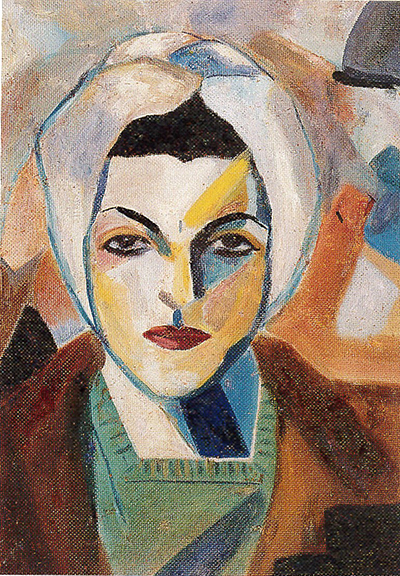By Ruba Asfahani
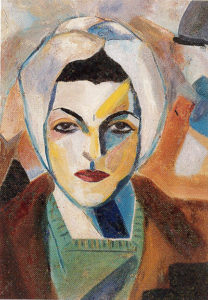
Back in April, before the public had a chance to see the work of living Lebanese legend Saloua Raouda Choucair at Tate Modern; Sotheby’s hosted a private viewing of which yours truly was invited for a sneak peek. As a Lebanese woman, I could not be more thrilled that Choucair was chosen to be the first Arab artist to have a retrospective at the Tate. As well as this, the exhibition is the world’s first major museum show dedicated to this incredible artist.
Like Jessica Morgan, the curator of the show, I first came across Choucair’s work when I visited Agial Gallery in Beirut back in 2010. I was embarrassed by the fact that Choucair is in her 90s and yet I’d never come across her work before. These small unassuming sculptures on view (of which a few examples are in the Tate exhibition) made me realise how these artist discoveries of stunning talent are still being made.
Born in 1916, Choucair is virtually unknown both internationally and back in Lebanon where she has lived all her life. In the 1940s, she travelled to Paris to study and even had a stint in Fernand Leger’s studio. Similar to many other Lebanese artists from that period, she experimented with European practices and discourses which were otherwise unavailable in Lebanon. Using what she learned in Paris and that of her own interests in mathematics, science, Islamic geometry and poetry, Choucair’s style of sculpture, painting and overall design has changed very little in the five decades of creating art.
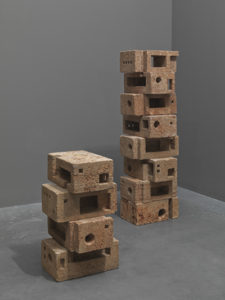 As a pioneer of abstract art in the Middle East, Choucair’s use of diverse media is fully realised in this small but extensive retrospective. Comprising of only four rooms, Tate once again provides its audience with a fresh perspective on age-old traditions of art.
As a pioneer of abstract art in the Middle East, Choucair’s use of diverse media is fully realised in this small but extensive retrospective. Comprising of only four rooms, Tate once again provides its audience with a fresh perspective on age-old traditions of art.
Most of the works on offer at the Tate have never been seen outside of Lebanon, in fact, many of them have barely ever left Choucair’s apartment. As the artists daughter, Hala Schoukair, states in the Tate video; “this is a nice moment. My mother’s work is exposed in the right place”. Although Choucair herself suffers profoundly with Alzheimer’s and is barely able to communicate anymore, it is without a doubt that this exhibition will have a resonating impact on Lebanon and its artists.
The exhibition itself is very intelligently curated, starting with works on paper and then progressing into more complex sculptures and design works, this provides the visitor with a comprehensive journey of all the differing materials Choucair became highly skilled in using. As Morgan stated, “regardless of living through the Civil War in Lebanon which affected the majority of artists at that time, Choucair’s work didn’t change and she stayed true to herself and her art”. One of the pieces which expresses this more clearly than the others is Two=one (1947-51) which is displayed with glass fragments and many holes throughout the canvas. At first glance (and without knowing any better), I was astonished that the Tate would allow a work in such bad condition to be shown in its world-renown institution. It was only later that I learned that the reason for its inclusion is because the damage was from a bomb that went off metres from Choucair’s home where this painting was hanging. Morgan affirms that it is the consistency in the style of Choucair’s work that should be applauded. While other artists had adapted their subject matter to that impacted by the Civil War, Choucair refused to allow outside influences to affect her work: motherhood, war, age, health, none of these affected what was crucial to her stylistic endeavours.
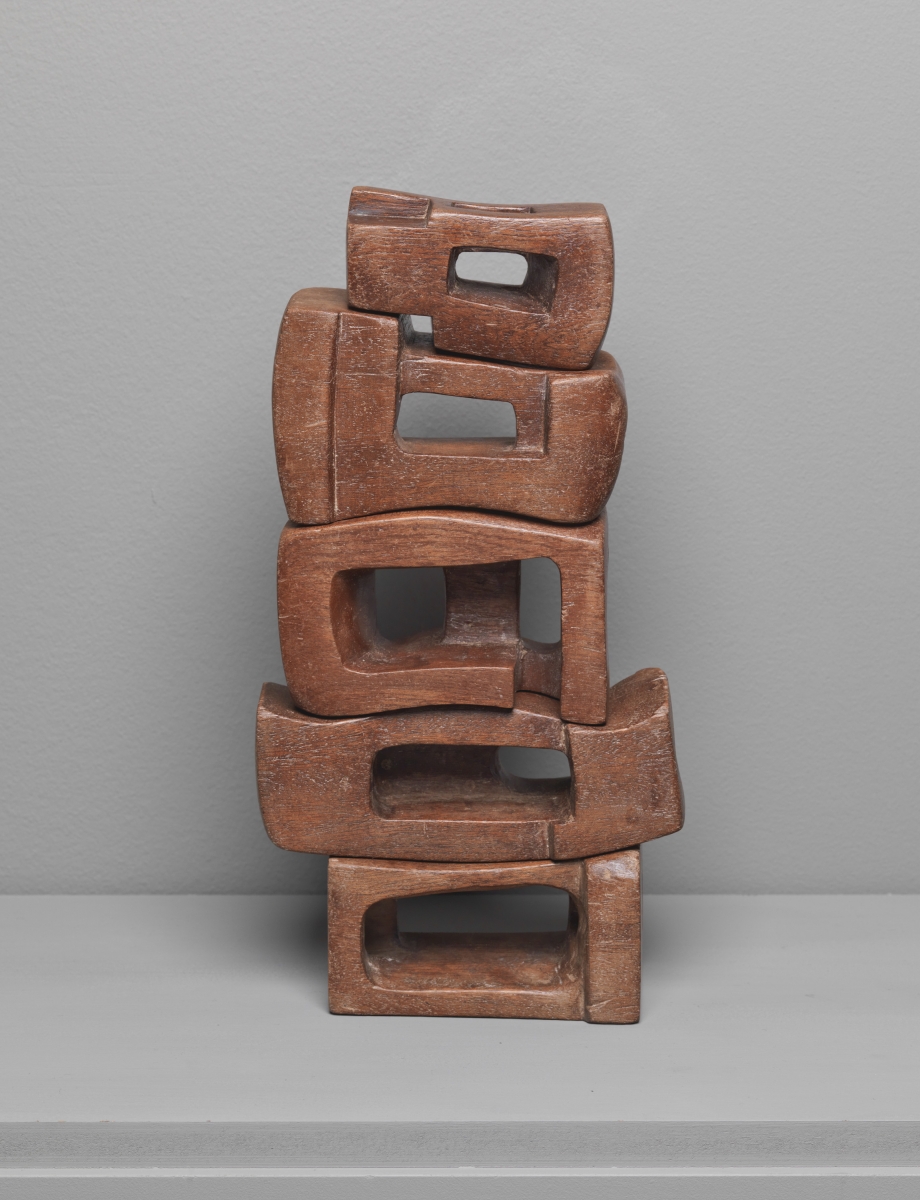
Choucair was an obvious choice for the Tate in their inaugural retrospective of an Arab artist. Her work is inoffensive, accessible and easy to understand from many differing perspectives and furthermore, for those knowledgeable in the Arab art market; it is apparent why she was chosen by the Tate’s Middle East and North African Acquisitions Committee. This is by no means an insult towards the exhibition, on the contrary; it is a fantastic show filled with exquisite works of art that should be seen by as many eyes as possible. For art students, collectors or avid fans of art, Choucair’s sculptures and paintings will resonate with them. I just hope that in the future, the Tate will take bigger risks in the Middle Eastern artists they choose to exhibit on a major scale such as this. Even by Morgan’s admission, Choucair’s work is not internationally recognised or collected, hence the importance of having the exhibition at the Tate. Benefitting from this exhibition will be those who bought her works prior to the retrospective, as well as galleries and auction houses. There is no doubt in my mind that we will soon see numerous works by Choucair going up in value in international auction houses. And why not? This woman has worked tirelessly all her life to create an oeuvre any artist can only one day hope to achieve.
In the video on the Tate website, the most poignant moment comes from Choucair herself with a stock video probably from the 1990s in which she attacks a critic who once stated that her work came from European influence. Choucair retaliates, “I have a universal influence, not a European one. What I experience, everyone in the world experiences”.
In a time where Arab art is seen merely for its subject matter or ethnic derivation, it is refreshing to hear Choucair explain to the world that her art is universal. We may see aspects of Leger, Magritte or Le Corbusier in Choucair’s work, but there is no reason for any visitor to not see her work for what it is; a passionate expression, incapable of being subdued by anything or anyone.
*Ruba Asfahani is a specialist in Modern and Contemporary Arab Art.
Tate Modern: Saloua Raouda Choucair
17 April – 20 October 2013
Adult £11.00 (without donation £10.00)
Concession £9.50 (without donation £8.60)
Related events
Talks and lectures
Saloua Raouda Choucair: Curators tour and private view
Monday 24 June 2013, 18.30 – 20.30
Monday 7 October 2013, 18.30 – 20.30
British Sign Language Tour: Choucair
Friday 2 August 2013, 19.00 – 20.00
Lipspeaker Tour: Choucair
Friday 9 August 2013, 19.00 – 20.00
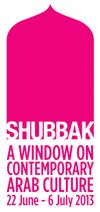
The exhibition is part of:
Shubbak: A Window on Contemporary Arab Culture
22 June – 6 July 2013

